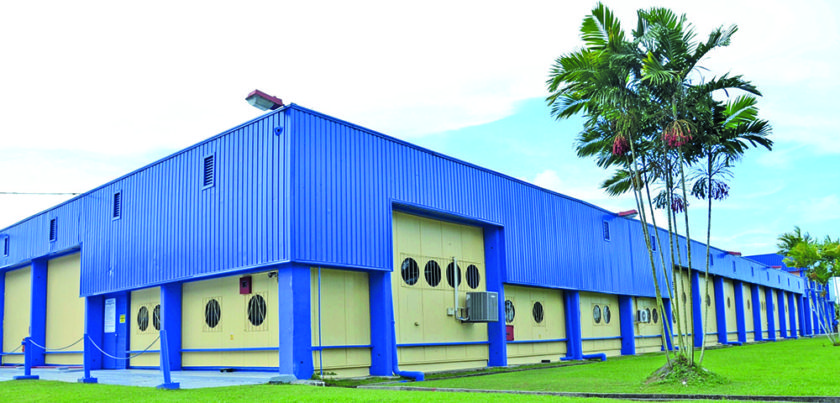…as downsizing of Guyana’s sugar industry picks up pace
With less than three months left for the end of this calendar year, the Guyana Sugar Corporation (GuySuCo) has already started the process of downsizing the sugar industry.
The first move will take effect on November 11, 2017, when some 250 sugar workers attached to the East Demerara Sugar Estate (Enmore) will be officially made redundant.

Seepaul Narine



